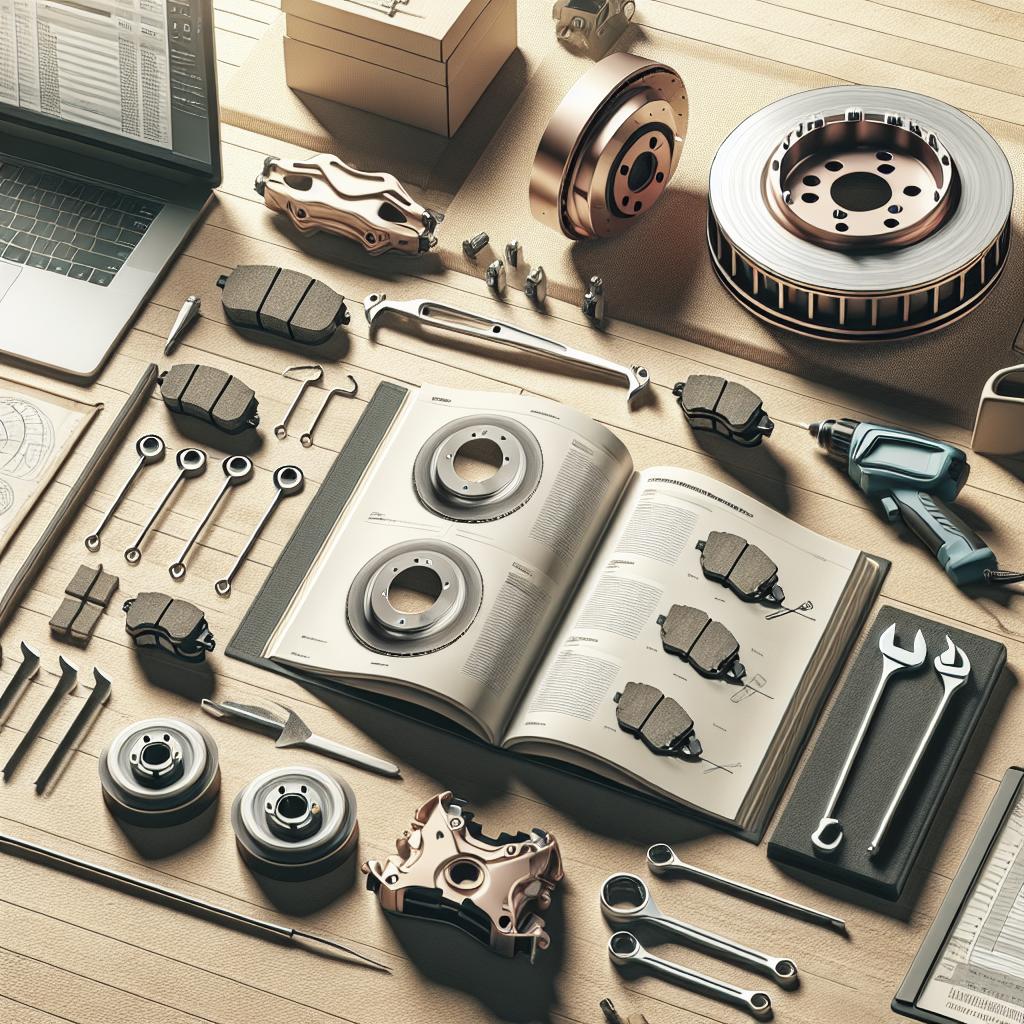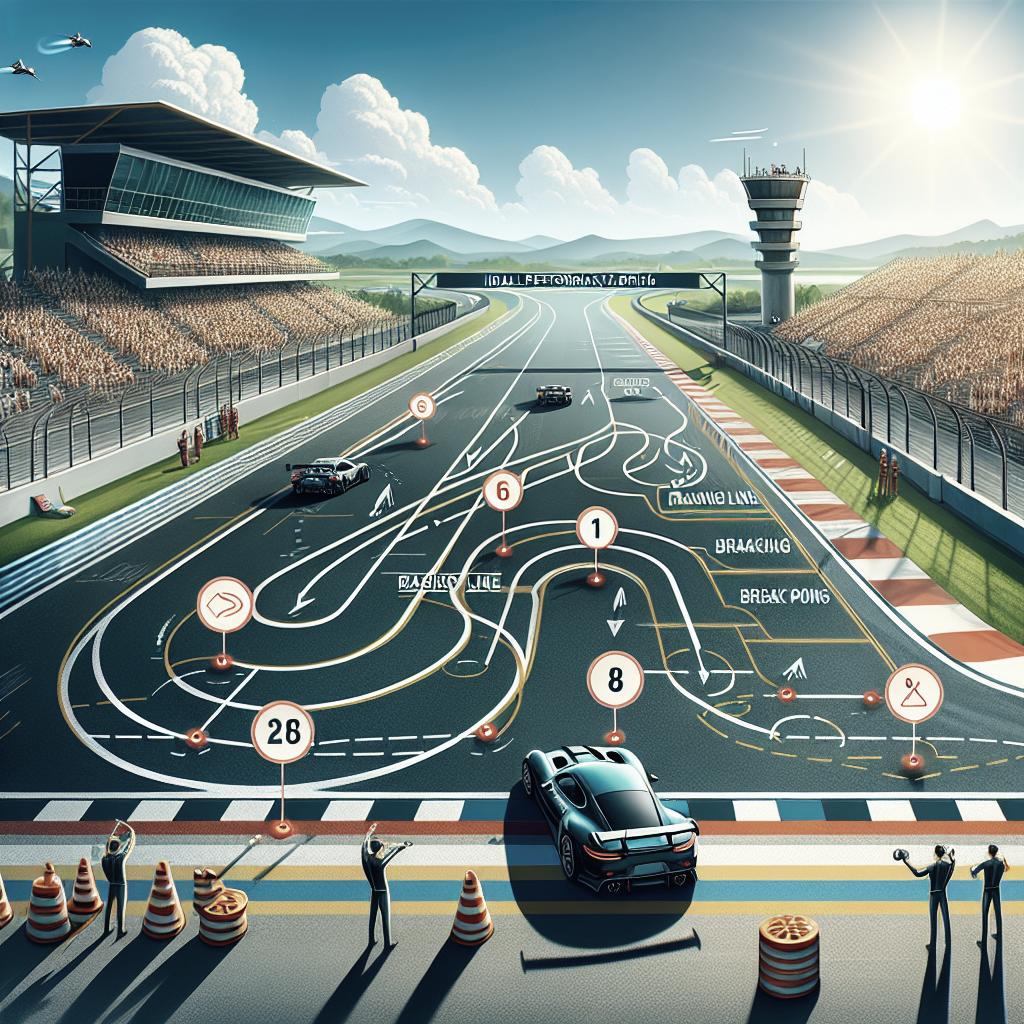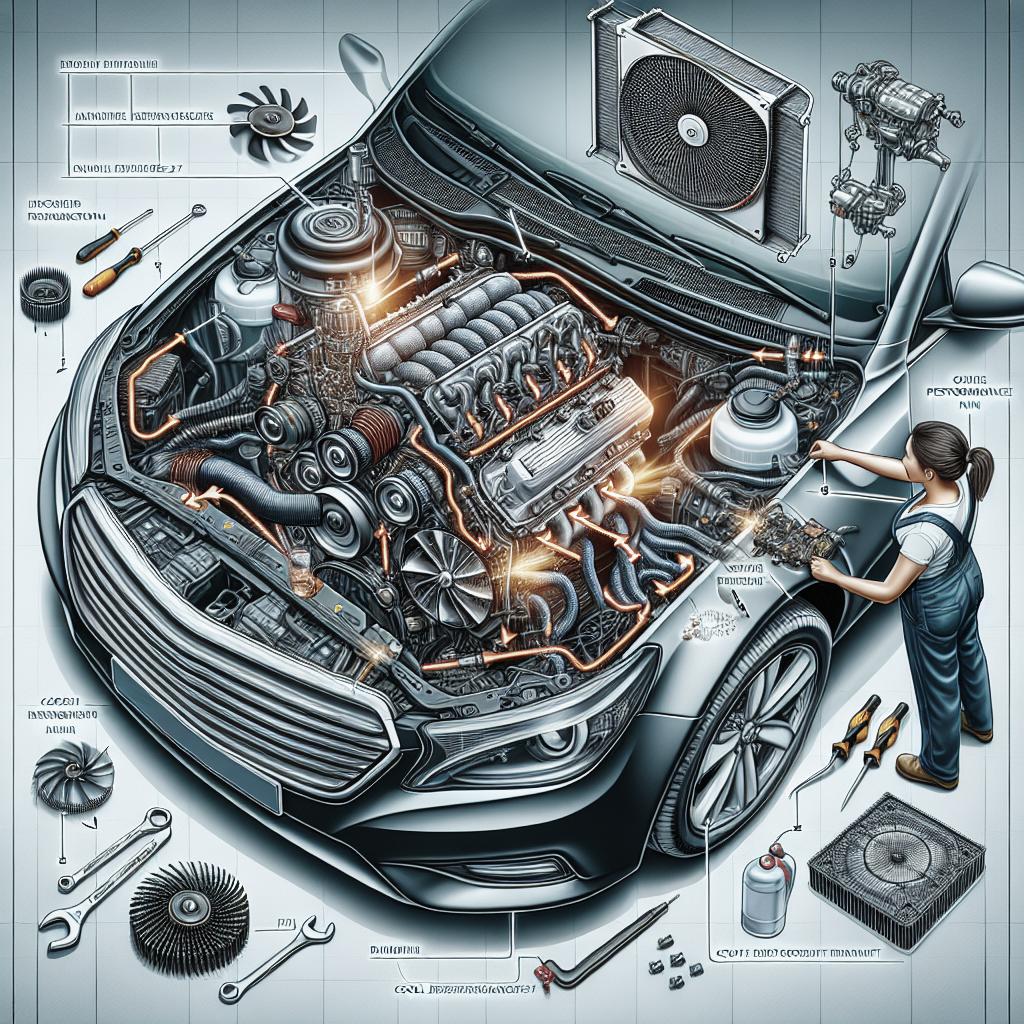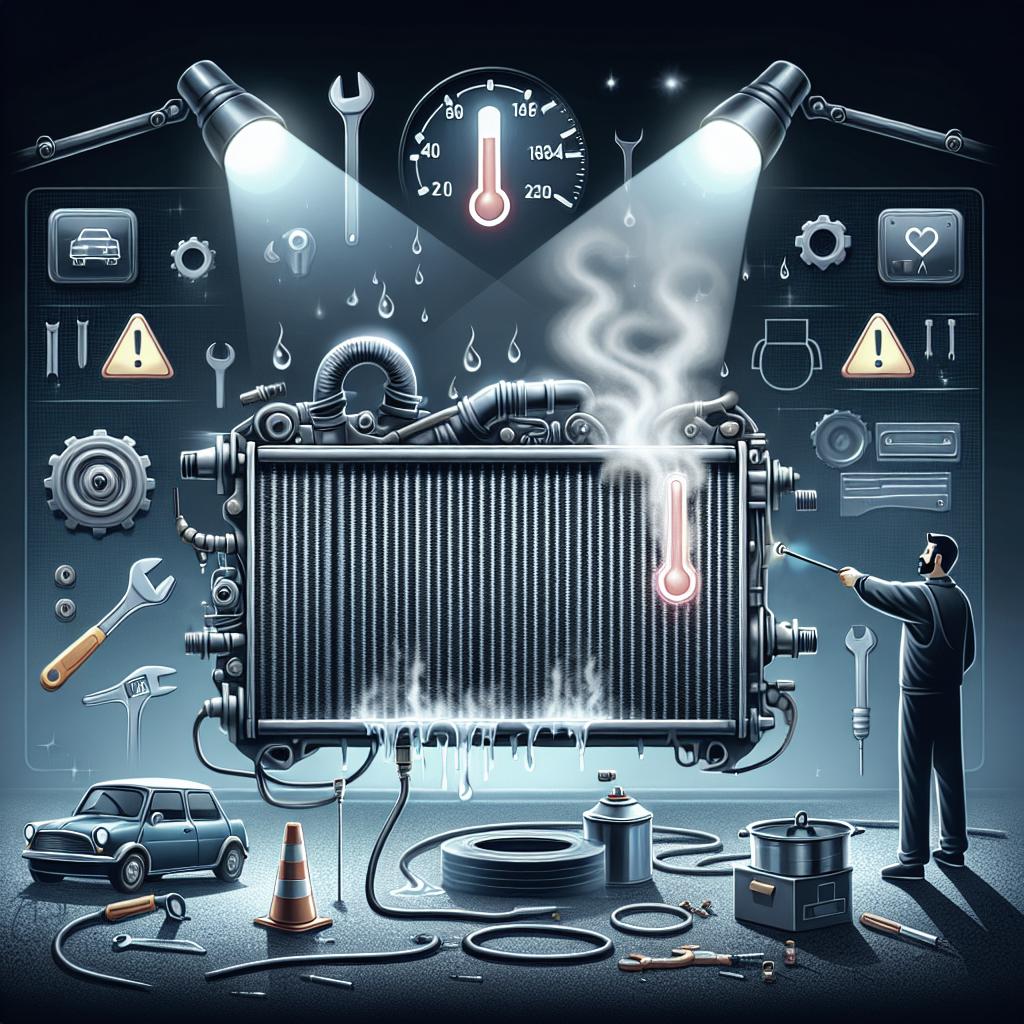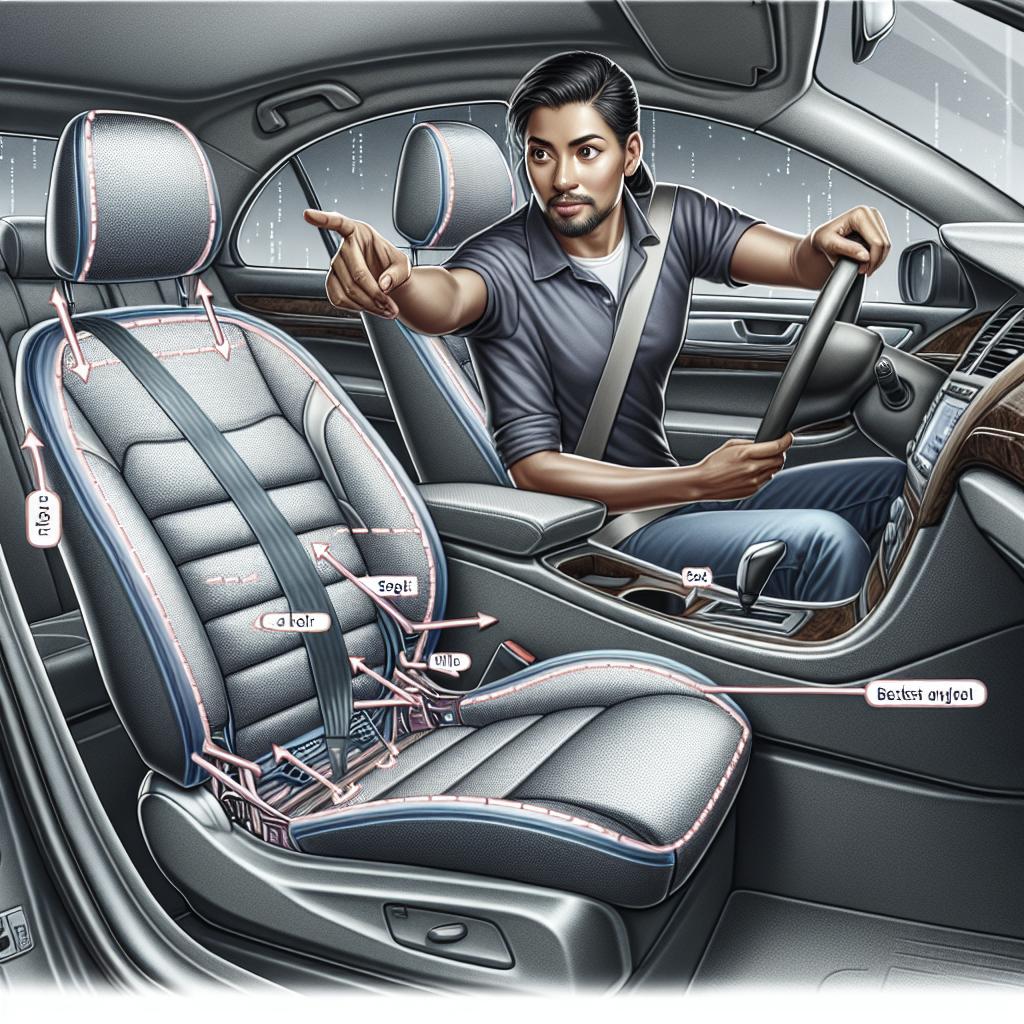Choosing the Perfect Performance Brake Kit: A Complete Guide
“`html How to Choose the Right Performance Brake Kit How to Choose the Right Performance Brake Kit Choosing a performance […]
Choosing the Perfect Performance Brake Kit: A Complete Guide Read Post »
